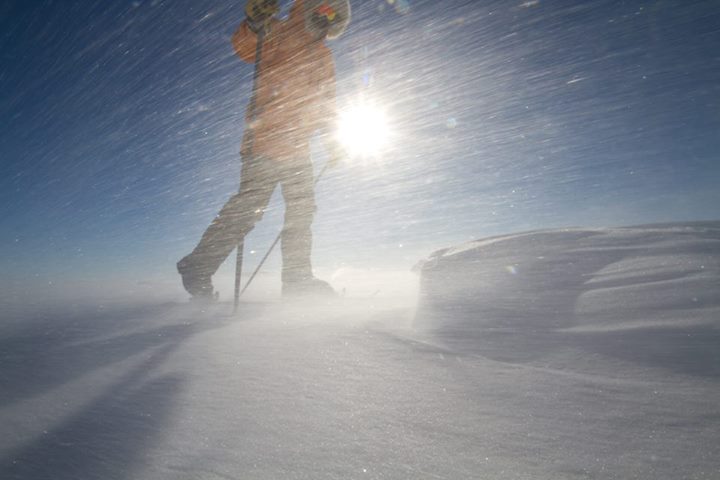Polar Explorer Eric Larsen knows the cold. He’s been to the North Pole, South Pole, and the summit of Mount Everest — all in a single year. Use his tips to keep feet warm in the winter.
Cold feet no longer… that is the premise of this post, a foot-specific followup to the instructional “5 Commandments Of Winter Warmth.” Follow these tips for warm tootsies anywhere on Earth.
How to Keep Feet Warm in Winter

1. Start Warm
Starting the day with warm boots, liners, and insoles means your feet won’t have to work overtime to heat them up and establish a temperature equilibrium. It can be a bit trickier when winter camping; put liners and insoles in your sleeping bag at night.
2. Those Boots Aren’t Made for Driving
3. Heat the Core First
4. Dress Your Feet
5. Super Size Boots

6. Insole Upgrade
7. Insulate the Ground
8. Seal Out Snow












